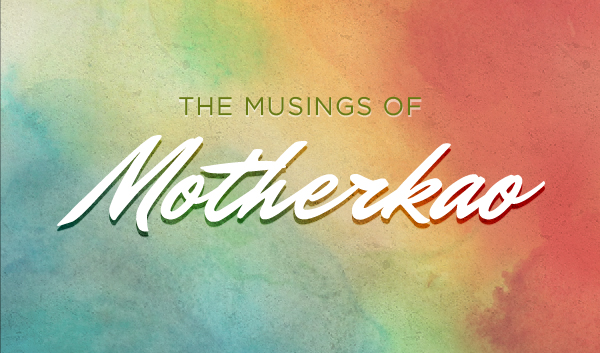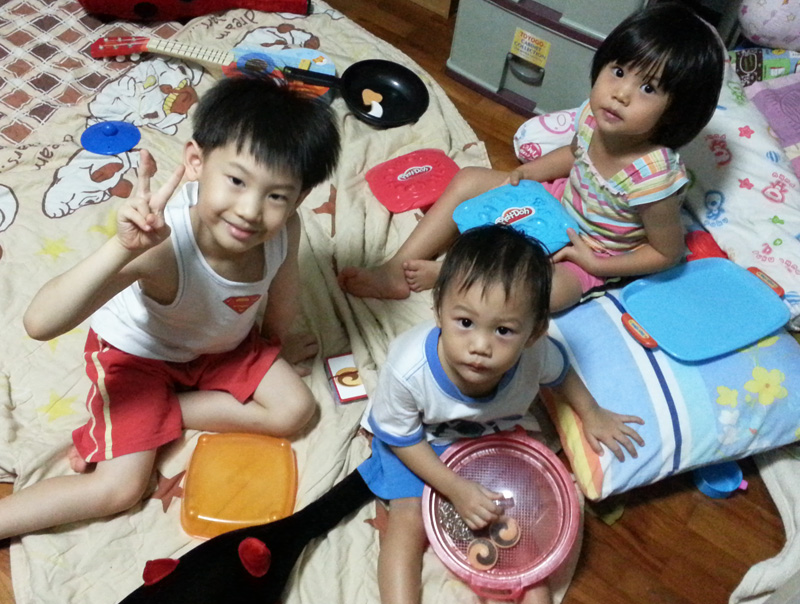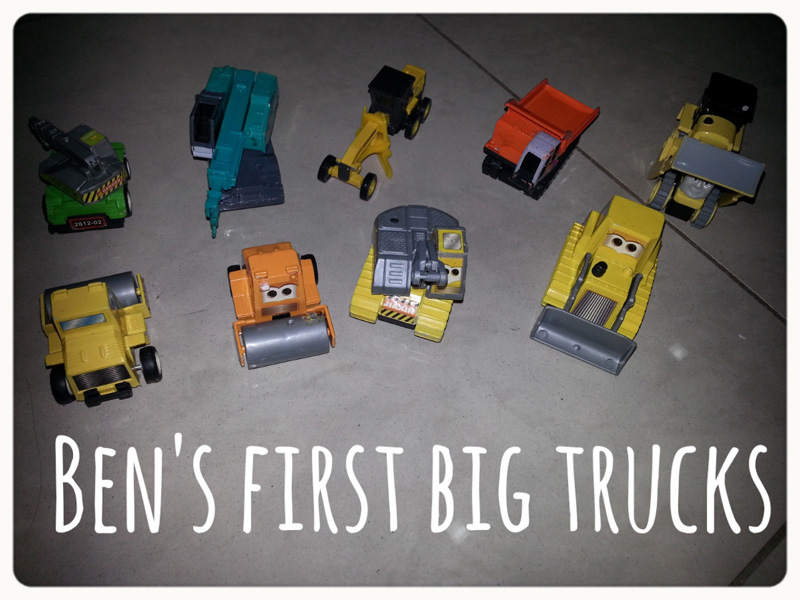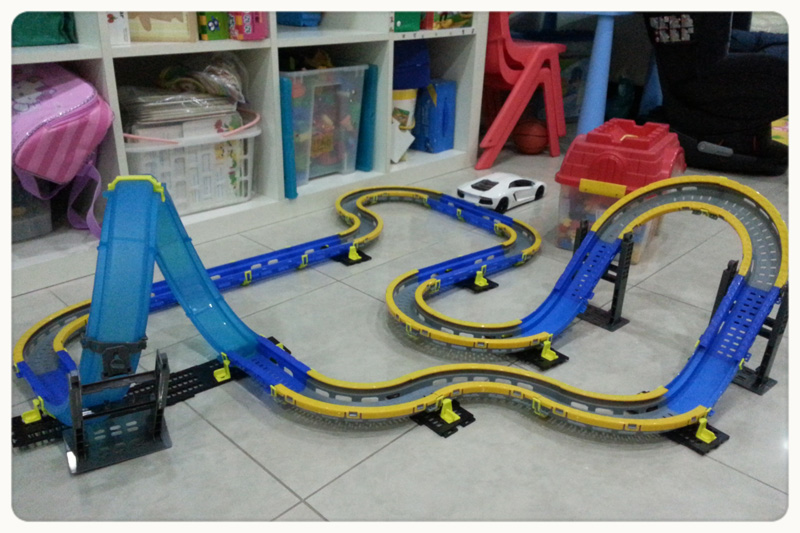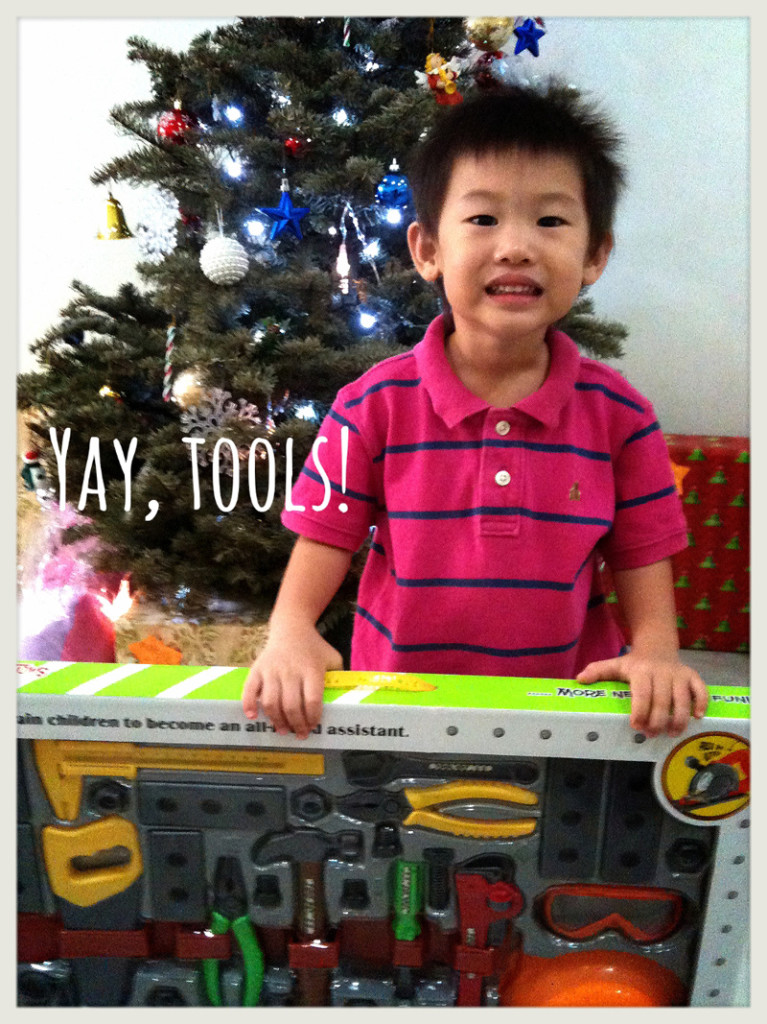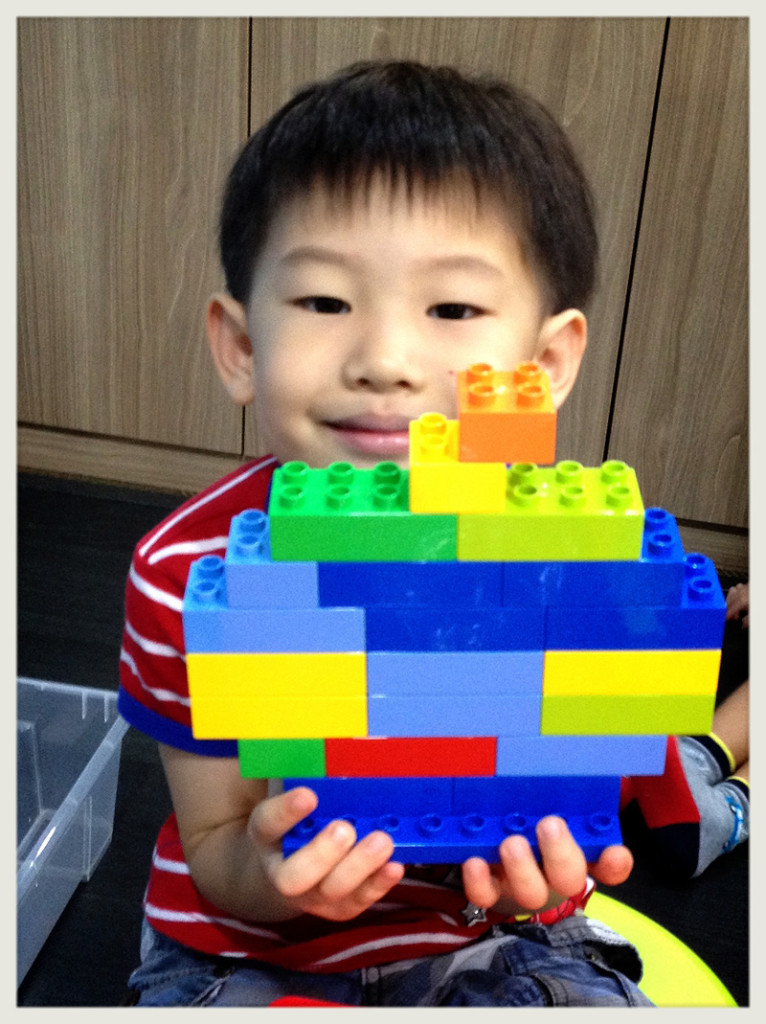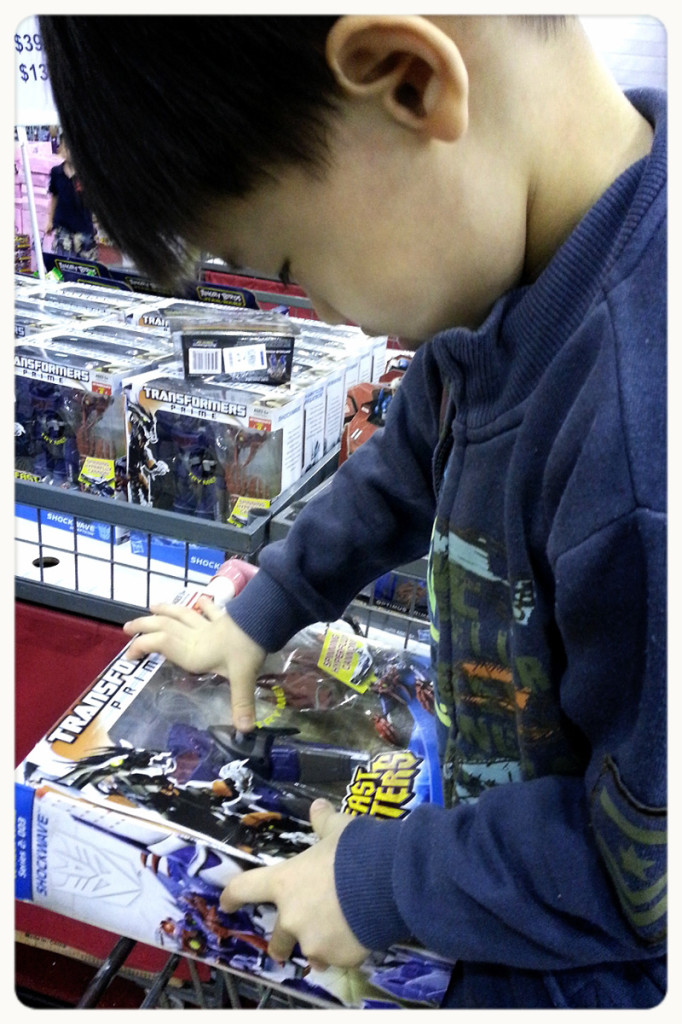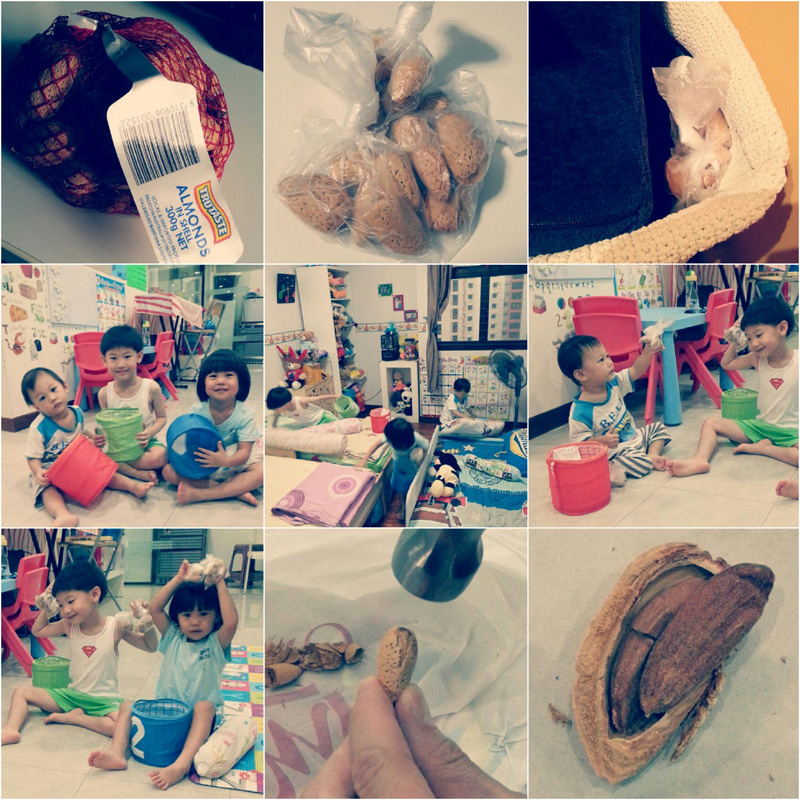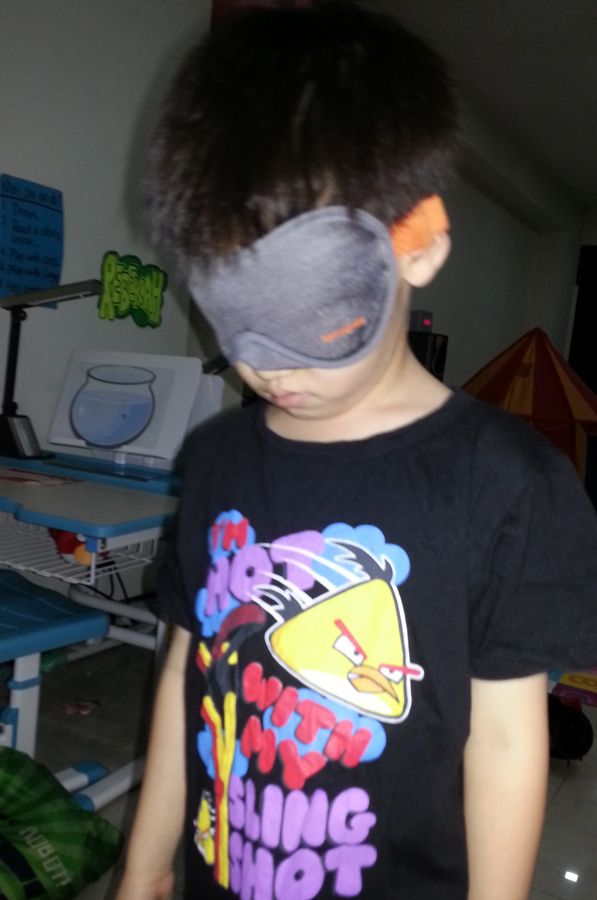Graded readers are books with language simplified to help learners read them. The language is graded for the complexity of grammar structures, vocabulary and also by the number of words. They are designed to cater for all levels of language learning from beginners through to advance, and are an excellent teaching and learning resource. Learners are not presented with language way beyond their level which would make understanding the book difficult.
Here at home, I’ve started using Keywords with Peter and Jane to help the kids along in their reading. The Key Words scheme is based on a recognition of the fact that just 12 words make up one quarter of all the English words we read and write, and that 100 words make up a half of those we use in a normal day. William Murray’s system of teaching reading using key phrases and words is basically about teaching children these key words first. If these words are learned well, they will be on their way to making some sense of most texts.
The readers introduce these key words step by step, page by page and these words are introduced and repeated as the length and difficulty of the texts increase.
If you’ve read Peter and Jane too as a kid, you would be glad to know that some of the Peter and Jane titles have been repackaged and some of the artwork have been revised. (Apparently, Daddy now plays a more active role in the affairs of Peter and Jane in the 1970s revision as compared to the 1960s version where he was more of an onlooker by the sidelines.)

I searched the net to find images of the 1960s covers (which was almost impossible) and chanced upon them here on this blog:
(Picture credit: Big Picture Stuff Blog)
Hmm, it’s funny that I read the 1960s versions (which are now collector’s items, by the way) as an 80s kid. Must have been hand me downs from cousins.
Anyway. I love this series because it HAMMERS the keywords to reinforce a child’s learning. It doesn’t just repeat the keywords once or twice. By golly, no. The text in each reader does it like nagging. Which I like (hurhur…). I mean, it can be exhausting for a mom to nag her kids to learn the words, so why not let a book do it? I know the incessant repetitions is one of the many reasons why children find these readers off-putting, and parents hesitate to use them (I’ve heard ‘boring’, ‘outdated’, ‘not engaging’) but I for one am not going to subscribe to these excuses just to please my child or entertain myself. I mean, if over 80 million children since the 1960s have learned to read with them, William Murray must have done something right, no?
The kids, for now (at Series 1a, b, c and Series 2a, b, c) love the illustrations that accompany the readers, although I must say, by the 6th time Ben is reading this aloud, he’s got a sian look (a Hokkien adjective which conveys boredom, weariness, frustration and emptiness) plastered all over his face. He’s more keen to be immersed in his Transformers world than to read about Peter and Jane looking at fish, buying sweets and going to the beach. But this is a necessity in his learning, and he (and Becks, and Nat) would have to befriend and grow up with Peter and Jane for a while longer.
The other set of readers which I like (and the kids too, much more than Keywords with Ladybird) is the Well Being Series by Joy Cowley. The Joy Cowley Well-Being Series consists of 24 stories that promote physical, emotional and social well-being among children and cover pertinent issues like handling anger, showing respect, taking care of our eyes, saying no to drugs and learning to love oneself. The readers inculcate in children values that will help them learn responsibility and understand themselves, people and the world around them. They are also printed in Chinese.
There are graded readers aplenty everywhere (and we ourselves have gotten quite a number of them over the years) but not all of them can offer you as much mileage (and value for money) as Keywords with Peter and Jane and The Joy Cowley Well-Being Series, in my opinion. When it comes to teaching young kids at the age of 3, 4 and 5, I’m thinking, having these two collections in your library is already an investment and more than enough.
Do you have recommendations for graded readers that have worked well for your child? Share them with me in the comments below!
Previously in the series: Teaching the Kao Kids (Preamble) | Raising a Reader Part 1 | Raising a Reader Part 2
Coming up: The games we play for Math

